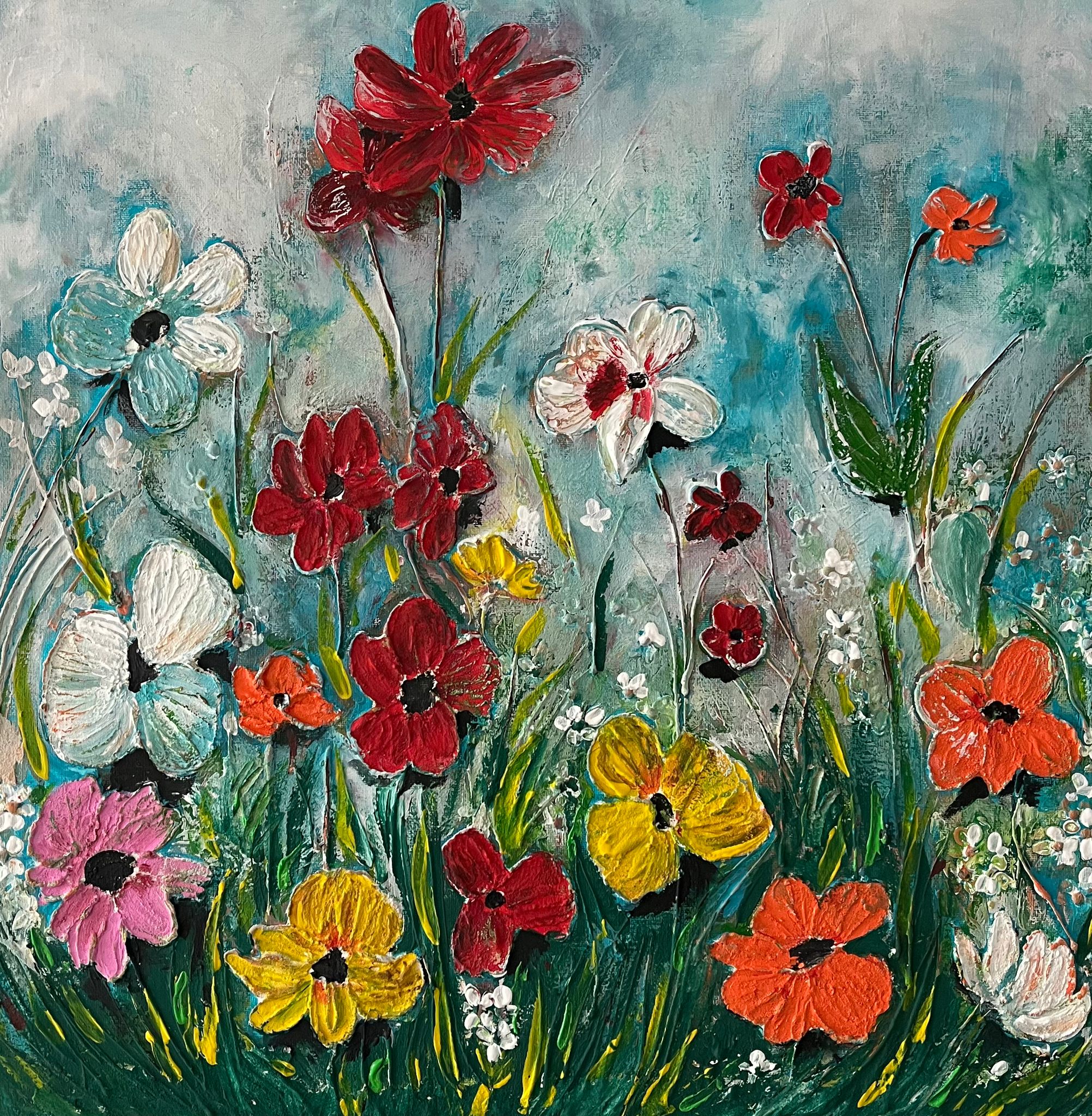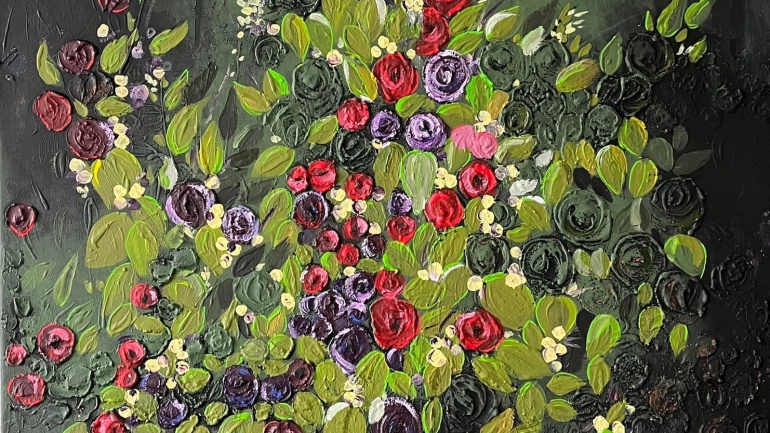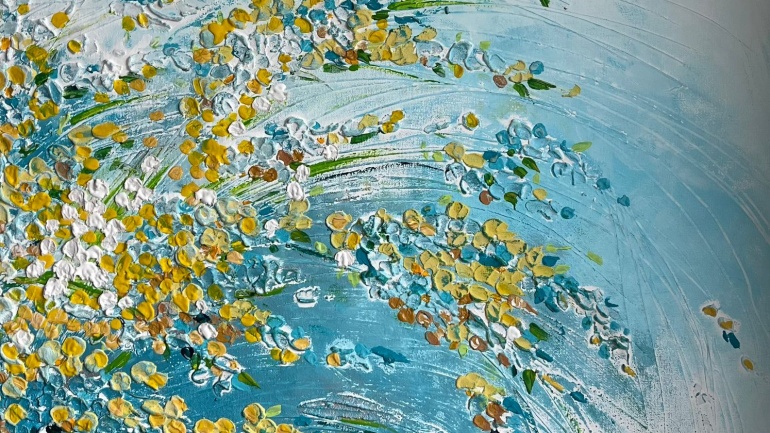A Journey Through Time and Imagination
Painting, as one of the oldest forms of human expression, is both an art and a window into the soul. From the earliest cave paintings of Lascaux to the abstract canvases of the 20th century, painting has not only been a medium for artists to express their inner thoughts and emotions but also a tool for documenting history, philosophy, and culture.
In a way, painting is like a dialogue between the artist and the viewer. The brushstrokes, colors, and textures speak volumes, often without words. Through the ages, different styles and techniques have emerged, reflecting the ever-changing human condition and the evolving world around us.
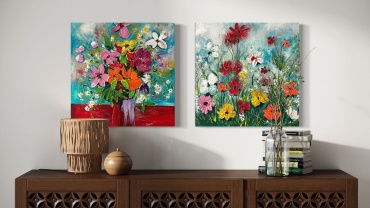
The Power of Colors and Symbols
Color is perhaps one of the most important elements in painting. It can evoke emotions, set moods, and even symbolize deeper meanings. For example, in the Renaissance, artists often used certain colors to convey symbolic messages. Red could symbolize passion or sin, blue was a color associated with the divine, and gold often signified something heavenly or sacred. Fast forward to the modern era, where colors became a medium of personal expression—think of the bold, primary colors used by Piet Mondrian or the rich, emotional landscapes of Mark Rothko.
Symbolism in painting also plays a crucial role in providing layers of meaning. A single object, whether it’s a skull, a flower, or a bird, can carry a wealth of interpretations. For instance, in “The Arnolfini Portrait” by Jan van Eyck, the small dog at the feet of the couple symbolizes loyalty, while the open window behind them can be seen as a portal to the unknown or a passage into eternity.
From Realism to Abstract: The Evolution of Artistic Styles
The transition from realism to abstraction represents a profound shift in artistic thought. In the 19th century, artists like Gustave Courbet and Jean-François Millet focused on portraying the world as it is—real, raw, and untamed. Courbet’s famous painting “The Stone Breakers” emphasized the dignity of labor, with every muscle and stone rendered with painstaking detail.
However, the late 19th and early 20th centuries saw a dramatic change with the advent of Impressionism. Instead of focusing on exact replication of the visible world, artists like Claude Monet and Edgar Degas sought to capture fleeting moments of light, atmosphere, and emotion. Monet’s “Water Lilies”, for example, is less about a specific place and more about an experience—a sensory impression.
Then came the abstract pioneers—artists like Wassily Kandinsky and Jackson Pollock, who were less interested in representing the external world and more focused on the inner emotional world. Abstract expressionism rejected traditional forms and embraced spontaneity, allowing colors, shapes, and lines to speak for themselves. Jackson Pollock’s “No. 5, 1948” is a swirling chaos of paint that seems to move, pulsate, and breathe. The very act of creating the painting—his famous “drip technique”—became an integral part of the artwork.
Painting as a Mirror of Society
Art, in general, reflects the society in which it is created. Whether through realism or abstraction, painting mirrors the concerns, aspirations, and conflicts of its time. The Dutch Golden Age, for instance, saw the rise of genre painting—realistic depictions of everyday life, symbolizing a time of prosperity and social change in the Netherlands.
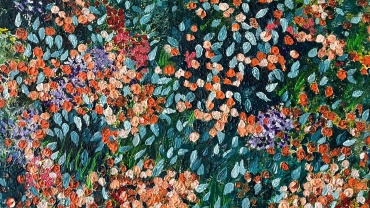
In the 20th century, during times of war and political turmoil, artists began using their work to confront and question societal issues. In Guernica, Pablo Picasso’s dramatic depiction of the horrors of war stands as a testament to the tragedy and chaos of human conflict. His use of distorted forms and monochromatic palette expresses the horror and confusion of war in a way that words could never fully convey.
Similarly, the social movements of the 1960s inspired artists like Andy Warhol to explore the mass consumer culture, using commercial techniques like silkscreen printing to comment on the commodification of art and life.
The Artist’s Mind: A Gateway to Imagination
One of the most captivating aspects of painting is that it allows the artist to transport both themselves and the viewer into a world of imagination. Unlike other art forms that rely heavily on language or sound, painting communicates directly with our senses. It can take us on a journey through history, fantasy, or the very depths of the human psyche.
Surrealism, in particular, unlocked the doors of the unconscious. Salvador Dalí’s “The Persistence of Memory” is a dreamlike landscape where time melts away and the laws of reality are upended. Surrealism tapped into the power of the unconscious, allowing artists to explore irrational and fantastical ideas that might otherwise be suppressed in waking life.
The Lasting Legacy of Painting
Throughout history, painting has been a source of wonder, inspiration, and contemplation. It’s more than just pigment on canvas; it’s a manifestation of thought, a response to the world, and a way for humanity to make sense of existence.
In the end, whether we are looking at an ancient fresco or a modern abstract piece, the power of painting lies in its ability to transcend time, connect with the human experience, and invite us into a deeper understanding of both the visible and invisible worlds around us.

